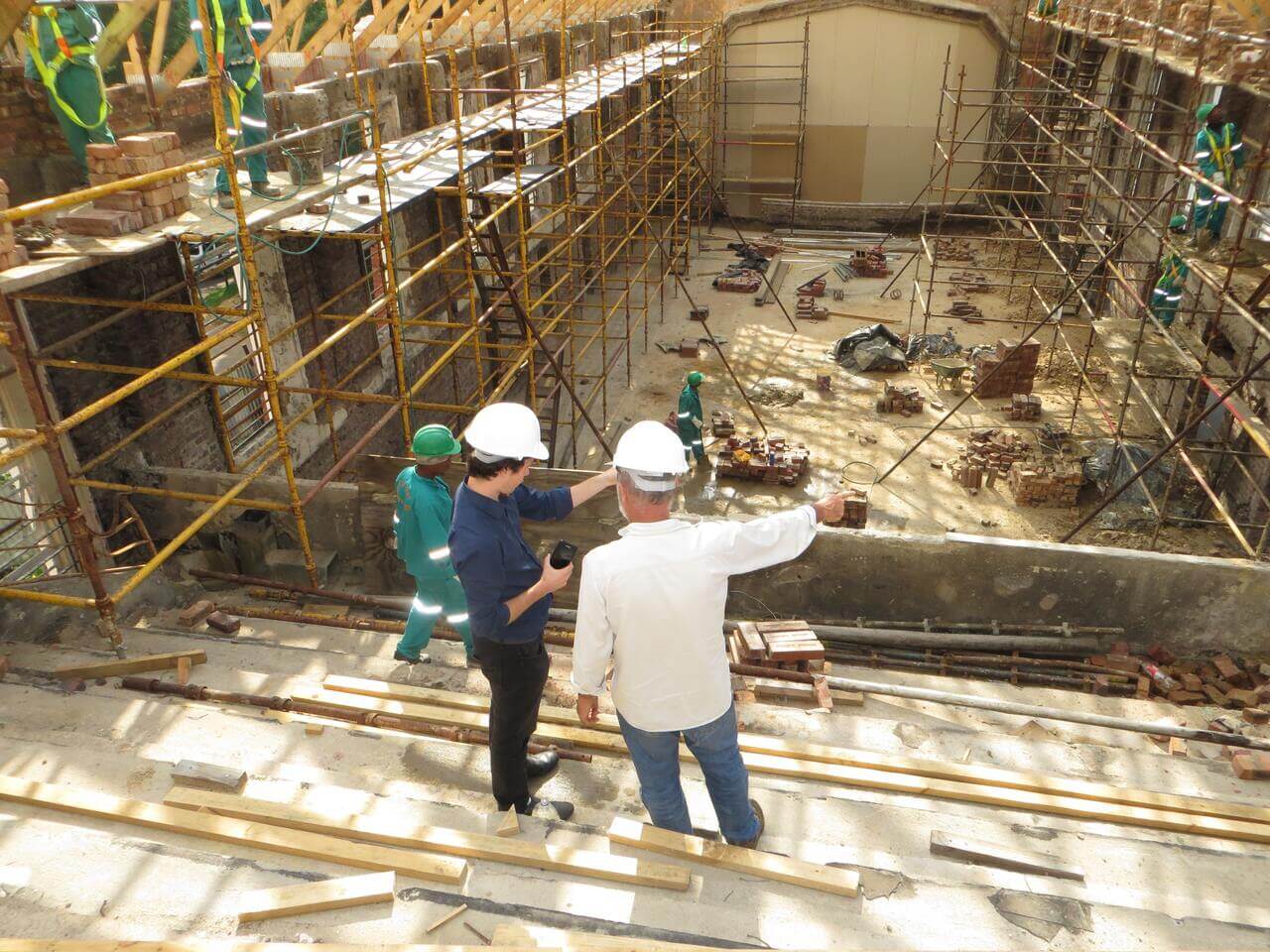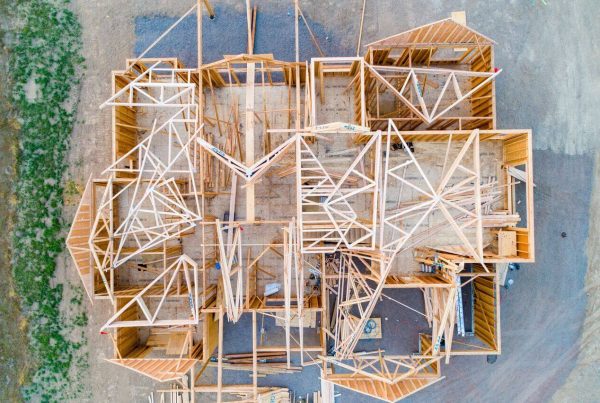The costs that must be included in a construction budget are endless.
Supplies. Insurance. Design costs. Permits and fees. Costs to add utilities. The list can be overwhelming. But building a construction budget can be simplified by breaking the costs down into these categories: hard costs, soft costs, general conditions, and contingency costs.
Hard Costs
The hard costs in a construction budget are the costs of the actual building. Materials. Labor. Equipment. The hard costs include small items like nails and larger items like sheetrock. Rentals of cranes, excavators, or any other equipment is included in the hard costs.
These hard costs can vary greatly from project to project. Even builders who build cookie-cutter homes have varying costs from house to house. The costs will change depending on upgrades, different materials used, and the labor costs associated with those differences. Ultimately, the hard costs are determined by the general contractor, materials suppliers, and subcontractors during the budgeting phase of a project.
Hard costs are typically the largest category in a construction budget. They will likely make up 75% to 85% of the project costs [Aquila].
Soft Costs
Unlike the hard costs, the soft costs of a construction project aren’t directly related to building and labor costs. Soft costs are incurred before or after construction rather than during it. These costs include insurance, architecture and design fees, inspections, and accounting. Permits, legal fees, and taxes are also part of the soft costs of a project.
General Conditions
General conditions costs are often rolled into the hard costs section of a construction budget. While not the actual materials or labor to complete the project, general conditions costs are the support needed to perform the work. Temporary facilities and utilities on the worksite. Security costs. Administration expenses.
Typically, general conditions costs are incurred by the general contractor. These costs increase with project duration. Thus the grander the project, the higher general conditions costs will be.
Contingency Costs
Unexpected expenses come up constantly in construction. So contingency costs are a necessary part of every construction budget. Contingency costs include money for any
unplanned costs. It acts as insurance for the other costs and isn’t allocated to any one area. The money planned for in contingency can sometimes be used to increase the scope of work, but that depends on the lender and the loan agreement.
Be Thorough in Construction Budgeting
Planning is every bit as important as building in construction. And budgeting is a big part of the planning process. Outlining all the costs as accurately as possible and including a solid contingency will lead to better financial decisions and a more successful project.
CoFi is Here
A solid construction budget will make your business more profitable. CoFi will too. Our construction lending software is changing the industry. CoFi is here to improve the efficiency of your projects and help your business thrive. Schedule a personalized demo of CoFi software today!






